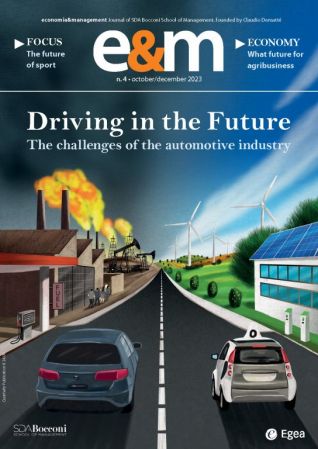E&M
2023/4
Beyond Victory: Fan Engagement Between Identity and Community
On May 15, 2020, during the initial phase of the COVID-19 pandemic, the Bundesliga, one of the major European football leagues, officially resumed play with new protocols, new rules, and, above all, empty stadiums. Following the Bundesliga, with different methods and timelines, all major sports leagues worldwide decided to restart initially without spectators and then gradually reopened to reach 100 percent stadium capacity in 2022. This period highlighted two aspects related to sports events: the centrality of fans as spectators and an integral part of the experience (including for the athletes) and the ways to engage and involve them even without being able to host them physically in the venues.



